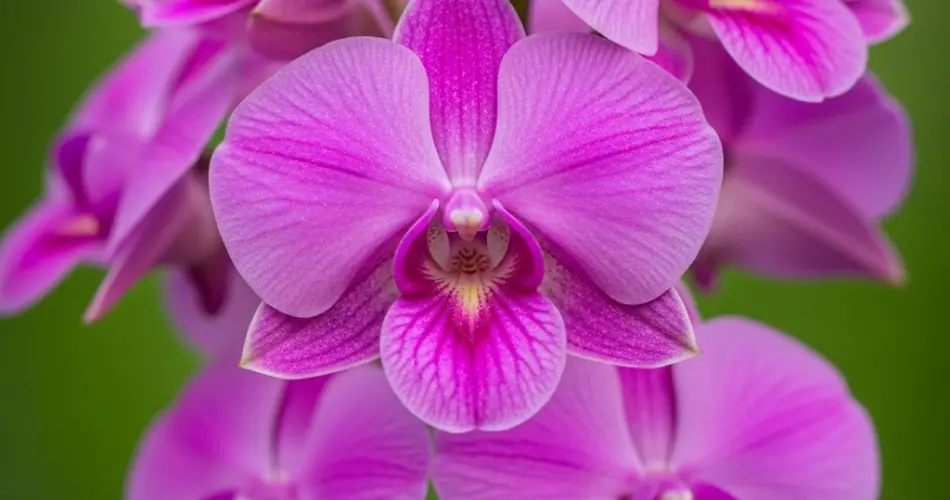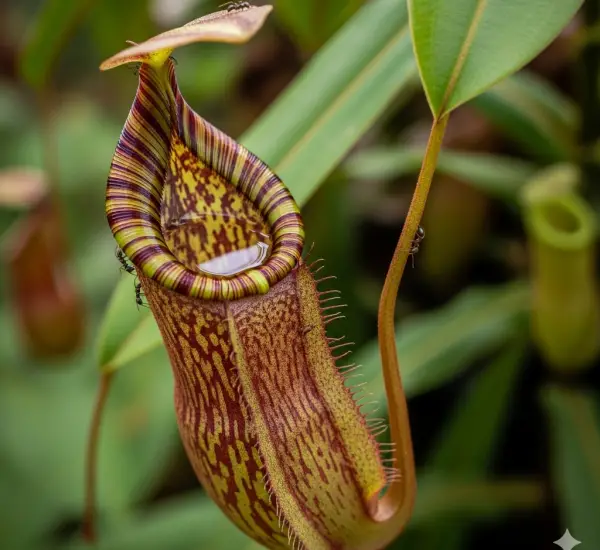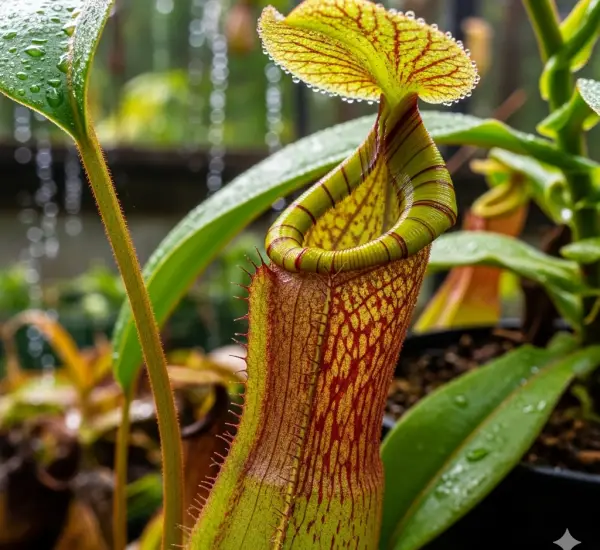Orchids are known for their stunning, long-lasting flowers, but getting them to rebloom can be a challenge for many indoor gardeners. After the last flower drops, the plant often appears to go dormant, leading some to assume it’s finished. But with the right care and a little patience, you can encourage your orchid to bloom again—sometimes even more beautifully than before.
If your orchid has stopped blooming, don’t give up. Here’s a proven method to help your orchid rebloom and stay healthy year after year.
1. Understand Your Orchid’s Cycle
Most orchids, especially the popular Phalaenopsis variety, go through a blooming cycle that includes flowering, dormancy, and regrowth. After blooming, the plant naturally enters a resting period, during which it stores energy for the next flowering phase.
This rest is completely normal and can last from a few weeks to several months. During this time, you won’t see flowers—but with proper care, flower spikes will eventually emerge again.
2. Keep the Right Light Conditions
Orchids need the right balance of light to bloom again. Insufficient light is one of the most common reasons they fail to rebloom.
-
Light Requirements: Bright, indirect light is best. East- or south-facing windows are ideal. If the leaves are dark green, your orchid may not be getting enough light; medium green with a reddish tint is perfect.
-
Too Much Light: Yellowish or scorched leaves indicate excessive sunlight. Use sheer curtains or move the plant back from the window to filter strong light.
If natural light is limited, consider using a full-spectrum grow light to supplement during the darker months.
3. Manage Temperature Changes
Orchids often need a drop in temperature to signal that it’s time to bloom again. For Phalaenopsis orchids, exposing them to nighttime temperatures around 55–60°F (13–16°C) for two to three weeks can encourage new flower spikes.
How to trigger blooming:
-
Place your orchid in a cooler spot at night, such as near an open window (if safe).
-
Maintain normal room temperatures during the day (65–75°F or 18–24°C).
This difference between daytime and nighttime temperatures mimics the orchid’s natural habitat and stimulates blooming.
4. Water Consistently—But Not Too Much
Overwatering is one of the most common orchid care mistakes. Orchids don’t like soggy roots. Proper watering helps the plant recover after blooming and prepare for new growth.
-
Water only when the potting mix feels dry about an inch below the surface.
-
Use tepid water and allow it to drain completely.
-
Never let the orchid sit in standing water.
Reduce watering slightly during the dormant period, then increase once new growth begins.
5. Feed Your Orchid the Right Way
After flowering, orchids benefit from regular feeding to build energy reserves for the next bloom.
-
Use a balanced orchid fertilizer (such as 20-20-20) once every 2 weeks.
-
Dilute the fertilizer to half strength.
-
During active growth, feeding is more critical. During rest, feed monthly or stop briefly.
Some gardeners prefer a bloom-boosting fertilizer (low nitrogen, high phosphorus) when encouraging spikes.
6. Trim the Old Flower Spike—Correctly
Knowing how to handle the flower spike after blooming depends on your orchid type and the condition of the spike.
-
For Phalaenopsis: If the spike is still green, cut it just above a node (the small bump on the spike) to encourage a secondary spike. If the spike is brown and dry, cut it back to the base.
-
For other orchids like Cattleya or Dendrobium, it’s best to wait until the spike turns completely brown and dry before removing.
Correct trimming redirects energy into new growth rather than maintaining an old spike.
7. Repot If Needed
Orchids generally need to be repotted every 1–2 years. If your plant hasn’t bloomed again and the potting medium is breaking down, it’s time for a change.
-
Use a special orchid bark mix that allows for good air circulation.
-
Choose a container with drainage holes.
-
Gently remove dead roots and refresh with new medium.
Fresh potting mix prevents root rot and allows the plant to absorb nutrients more effectively.
8. Be Patient and Observe
Orchids take time to rebloom, and every plant is different. Some may take a few months, while others might surprise you with a flower spike after just a few weeks.
Watch for signs of new growth:
-
New leaves or roots appearing at the base
-
A spike forming (looks like a small horn) near the center of the plant
With the right combination of light, temperature, watering, and care, reblooming is well within reach.
Final Thoughts
Bringing your orchid back into bloom isn’t a mystery—it’s a matter of giving it the right conditions to thrive. Light, temperature shifts, consistent care, and a little patience are all you need to encourage those gorgeous blooms to return.
By following this proven method, you’ll not only revive your orchid but enjoy its stunning flowers year after year. With time, you may even become the go-to orchid expert among your plant-loving friends.




